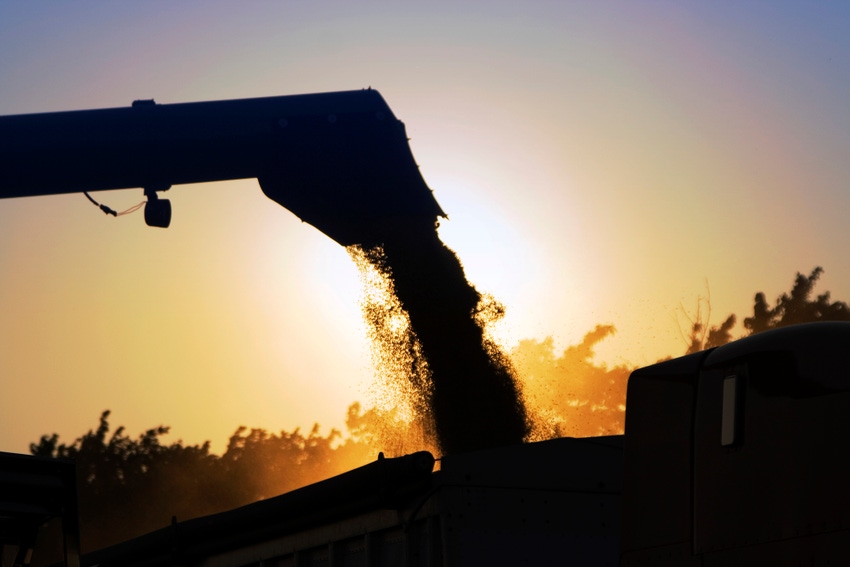
USDA’s 97th Annual Agricultural Outlook Forum kicked off this morning. Chief Economist Seth Meyer opened the sessions with an economic and foreign trade outlook for the agriculture industry, highlighting the opportunities and challenges facing the farm and food community for the year to come.
Record corn, soy expansion
The top headline from the opening session was USDA’s 2021 acreage estimations. At this time, USDA forecasts U.S. farmers will plant 92 million acres of corn in 2021 and 90 million acres of soybeans – the largest ever combined acreage for both crops. A second year of record prevent plant acreage and late season growing struggles in the Heartland left 2020 acreage at 90.8 million acres for corn and 83.1 million acres for soybeans.
A Farm Futures survey released in January 2021 predicted farmers to be increasingly bullish on 2021 corn expansion compared to USDA. Farm Futures’ new crop corn acreage was 94.7 million acres and 84.5 million acres of soybeans in the early January survey. Of course, these early planting estimates are all subject to change ahead of peak planting season in late March based on economic conditions, crop and input prices, and weather.

2021 winter wheat acreage is predicted at 32.0 million acres, a 5% increase from last year’s acreage and the first acreage uptick in eight years. The estimate was in line with Farm Futures’ prediction of 32.4 million acres of winter wheat in 2021. But USDA is less optimistic about spring wheat acreage relative to Farm Futures readers.
USDA predicts a slight drop in spring wheat acreage in the Northern Plains as prices for competing corn and soybean acres increase the odds of greater profitability in 2021. USDA predicts total wheat acreage in 2021/22 will total 45.0 million acres, nearly 1.4 million acres higher than Farm Futures’ estimates on shrinking spring wheat and durum acres.
USDA forecasts principal crop acreage for corn, soybeans, and wheat will rise to 227 million acres this year, the largest since 2016 as hopes for reduced prevent plant acreage and an uptick in soybean acres fuel the expansion.

Exports: 2021’s hot commodity
Acreage predictions aside, rising cash receipts are expected to provide more financial stability to U.S. farmers relative to the past few years. Tightening supplies and increasing global demand – namely from China – will provide farms with lucrative market pricing not seen at the farmgate in several growing seasons.
Exports will likely fuel the uptick in farm profitability this year. USDA predicts the agricultural industry will generate $157 billion in export revenues in 2021. Chinese demand for U.S. farm goods will undoubtedly account for the lion’s share of those export volumes.
USDA projects 2021 Chinese purchases of U.S. farm exports at $31.5 billion. U.S. ag exports to China in 2020 fell short of the $36.5 billion goal outlined in last year’s Phase 1 trade agreement with China when Chinese purchases only totaled $24 billion.
Phase 1 guidelines suggest 2021 ag exports from the U.S. to China can be expected to total $43.5 billion. If USDA’s projection this morning of $31.5 billion is to be believed, it seems unlikely the Phase 1 goals for U.S. agriculture will be met by China.
Challenges
Meyer briefly discussed the anomalous weather events of the 2019 and 2020 growing seasons that caused tightened global grain supplies currently being experienced by the markets. He cautioned that 2021 acreage estimates would continue to hang in the balance of weather until planting activity can fully ramp up this spring.
Meyer also highlighted significant economic shifts to the macroeconomy due to the pandemic and the resultant impact on agriculture over the past year. Food costs are likely to increase this year due to increased production expenses due to the pandemic. Government assistance to producers will decrease this year, but farmers can expect more support from market prices to sustain profits in 2021.
About the Author(s)
You May Also Like






